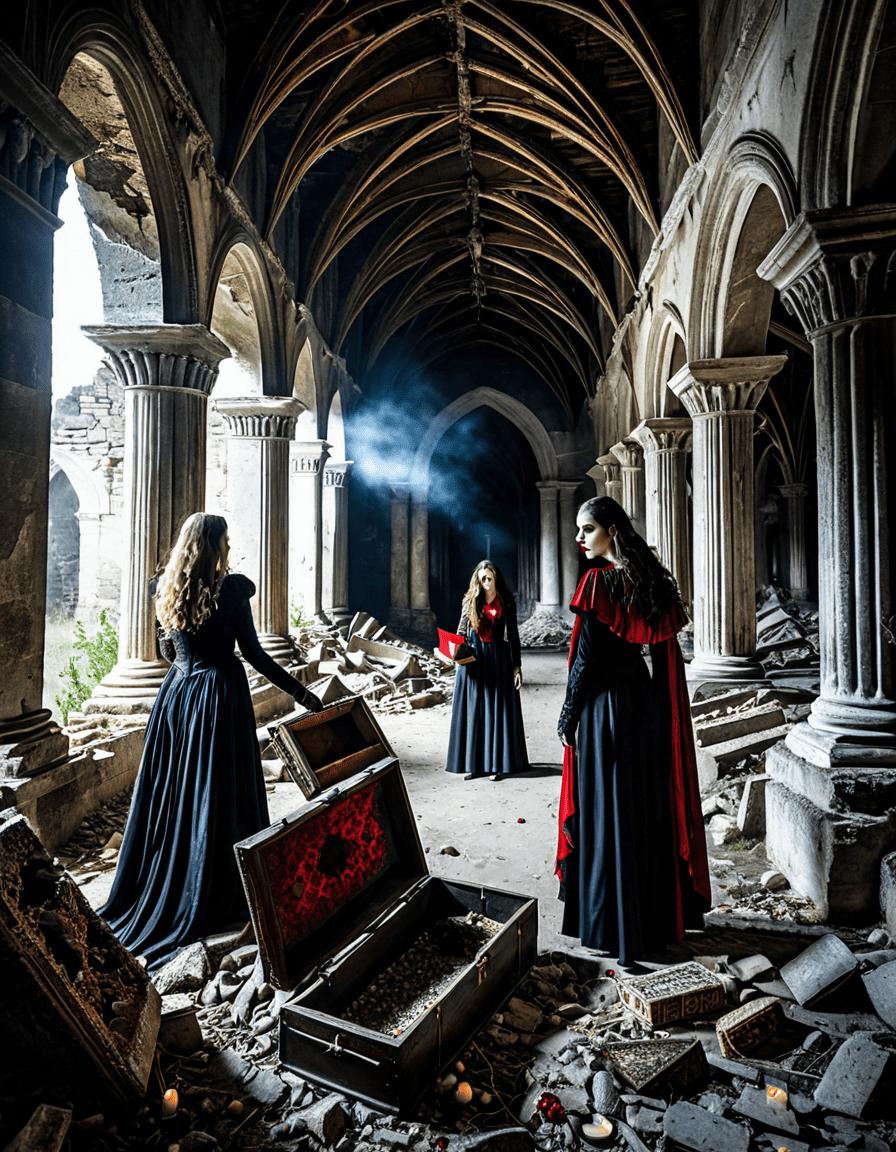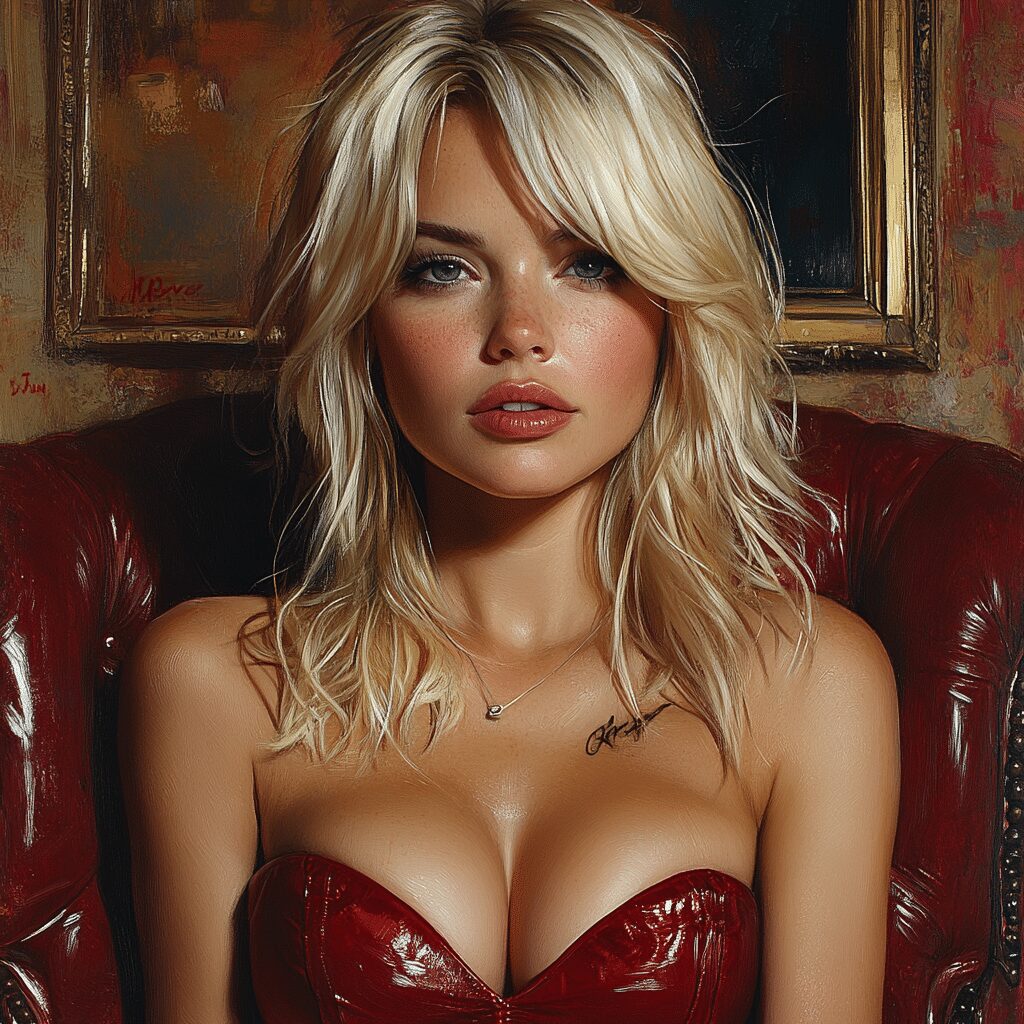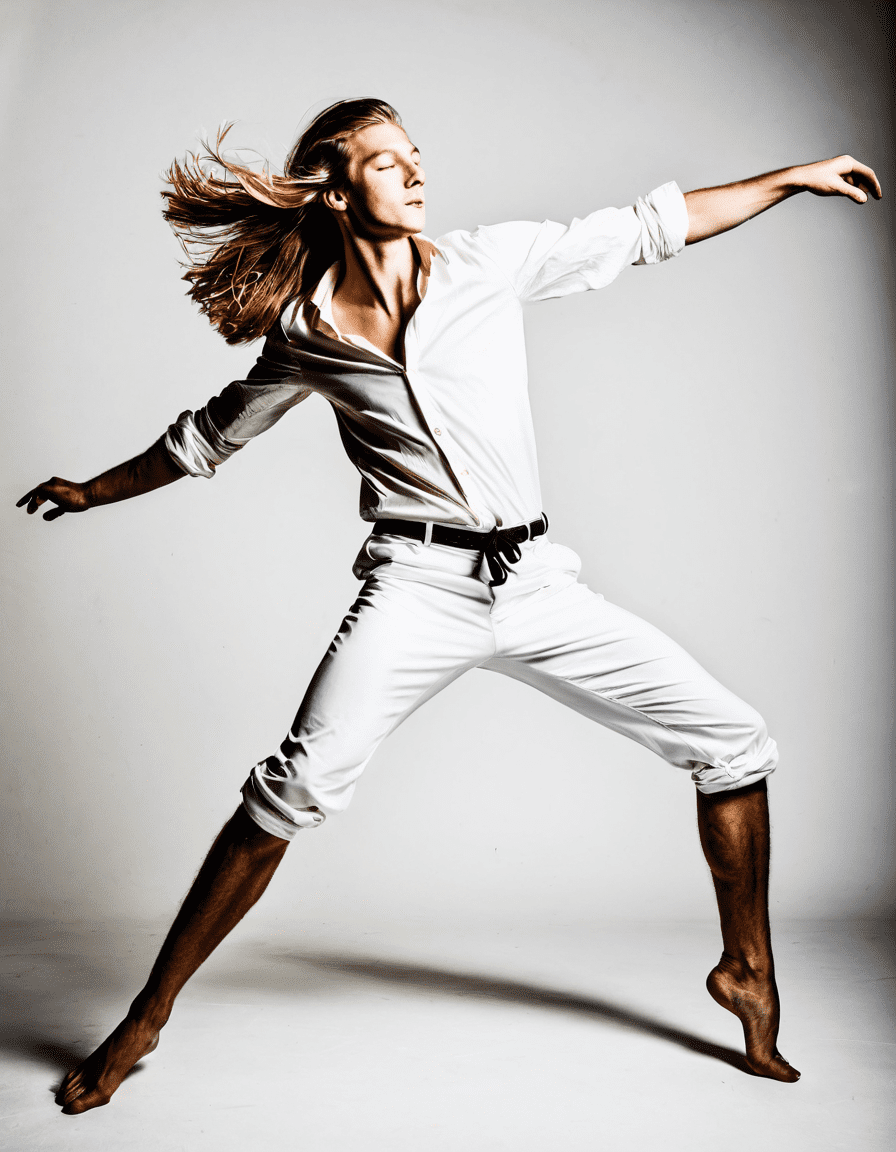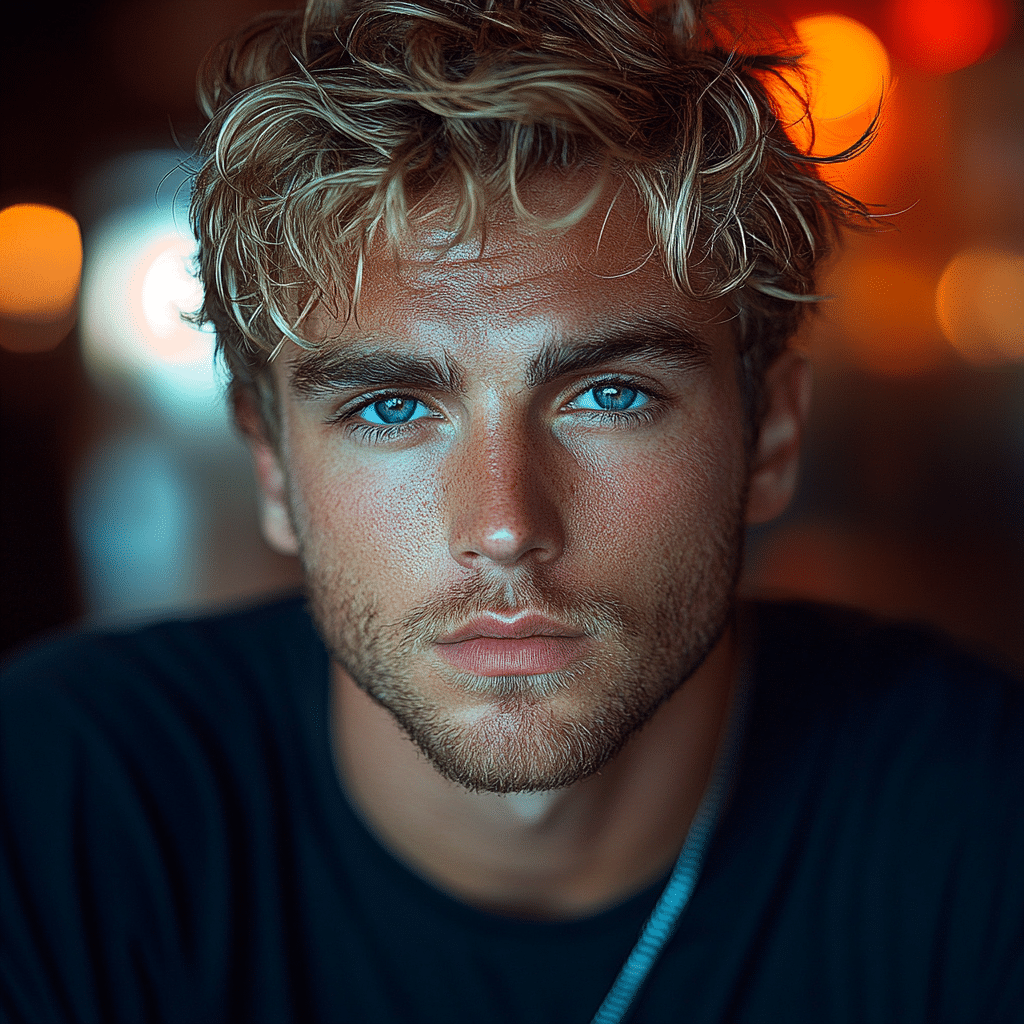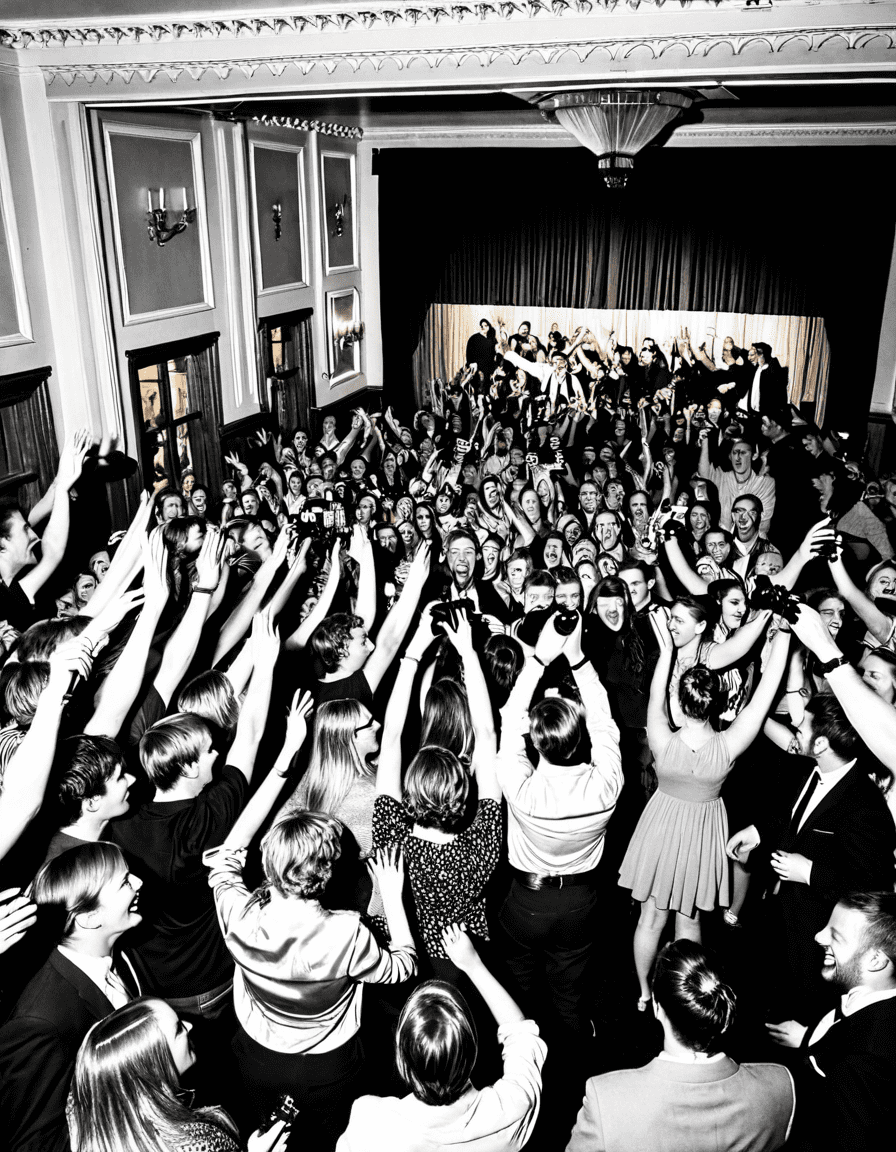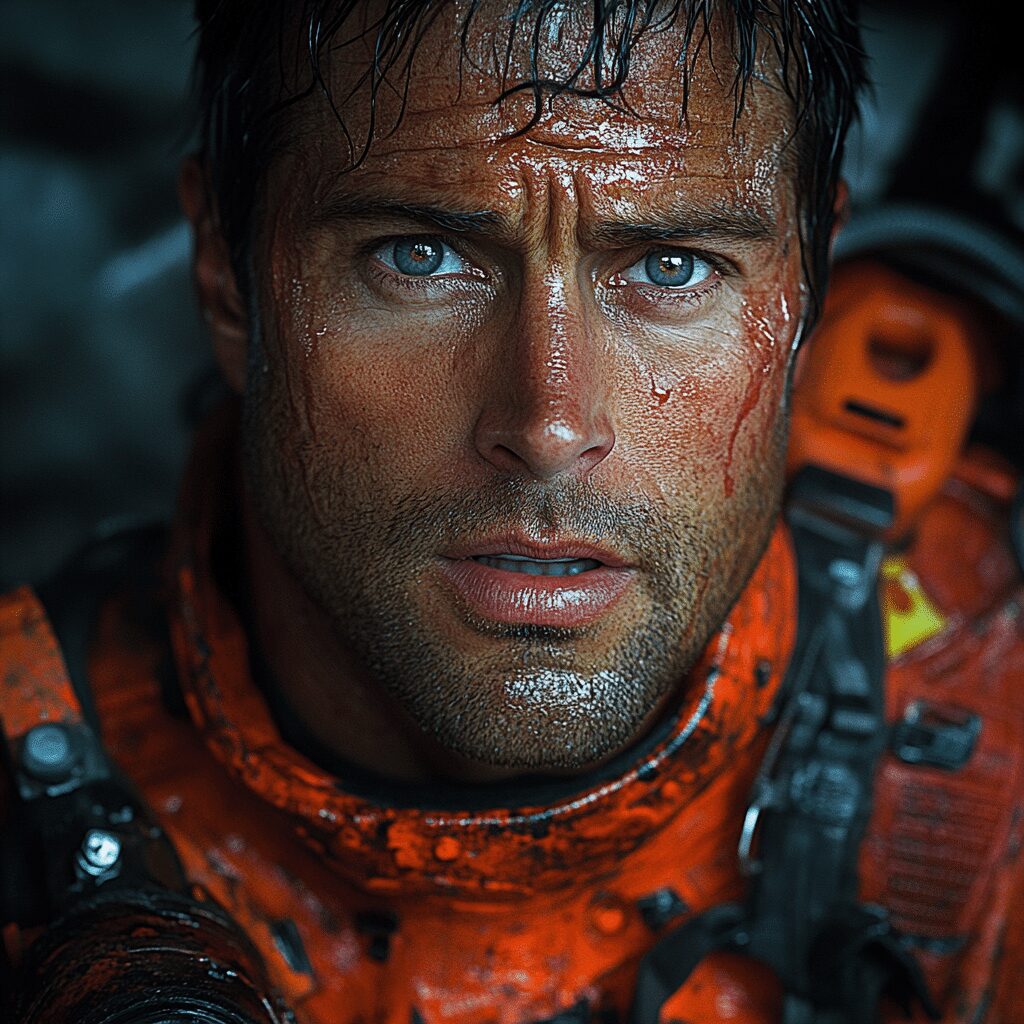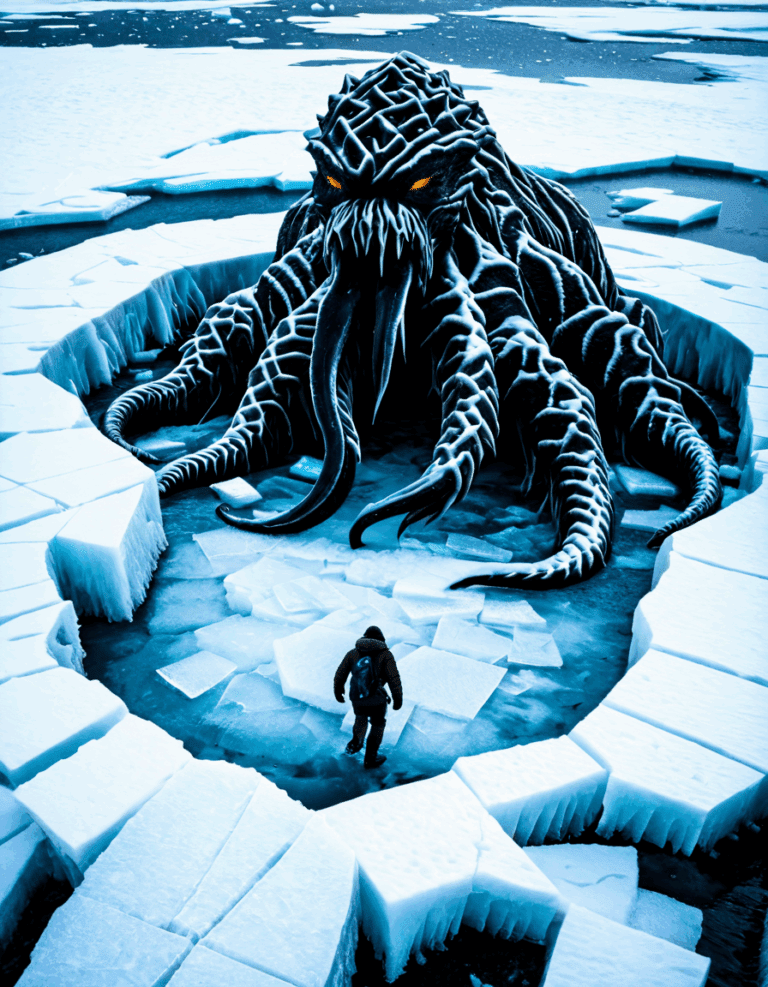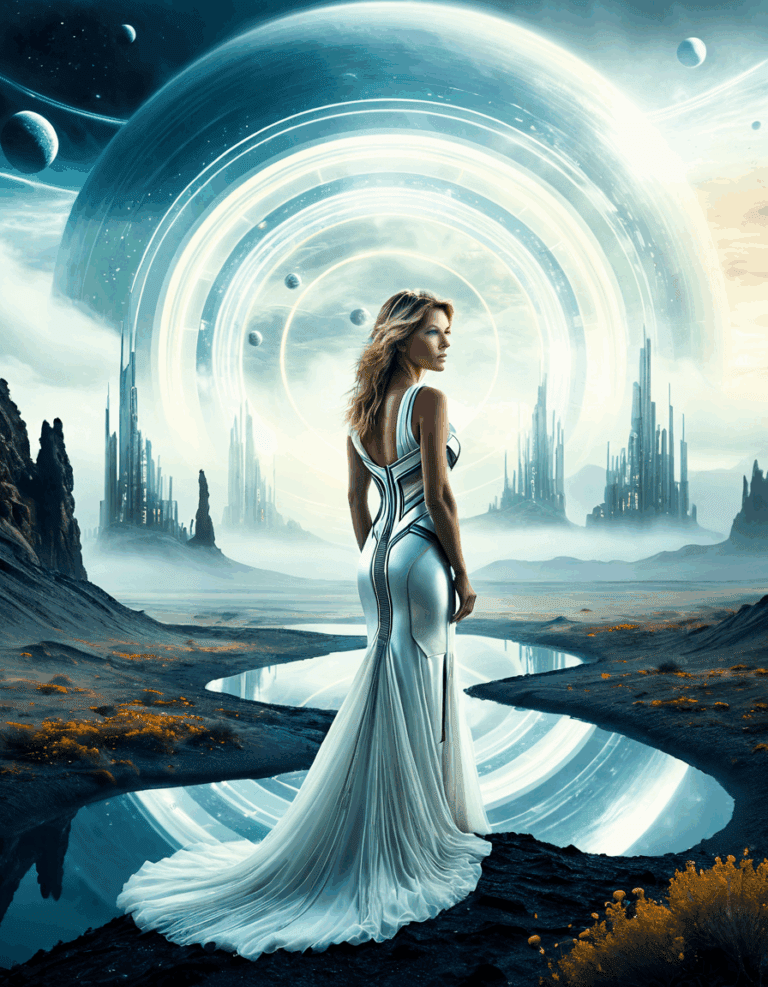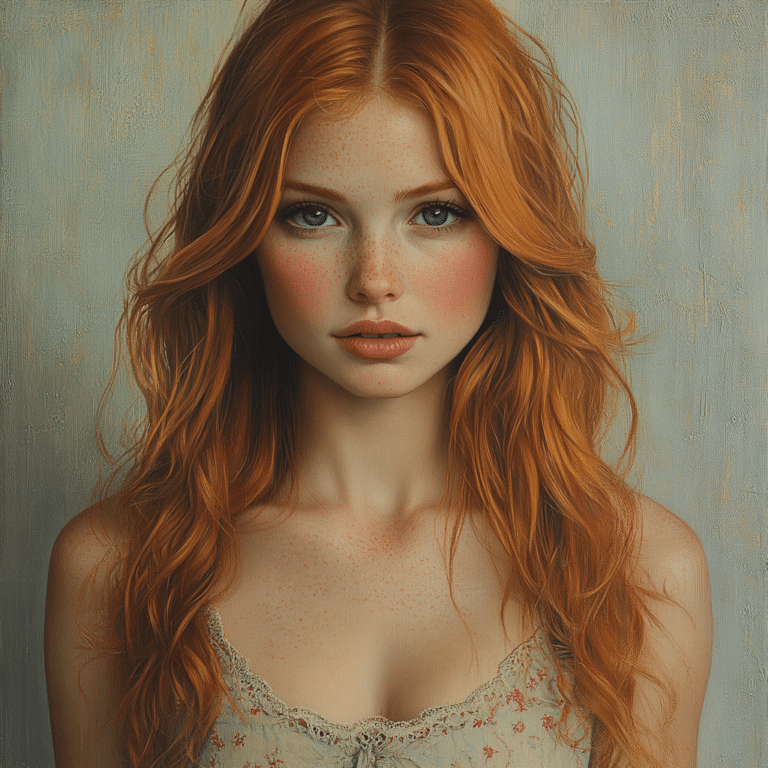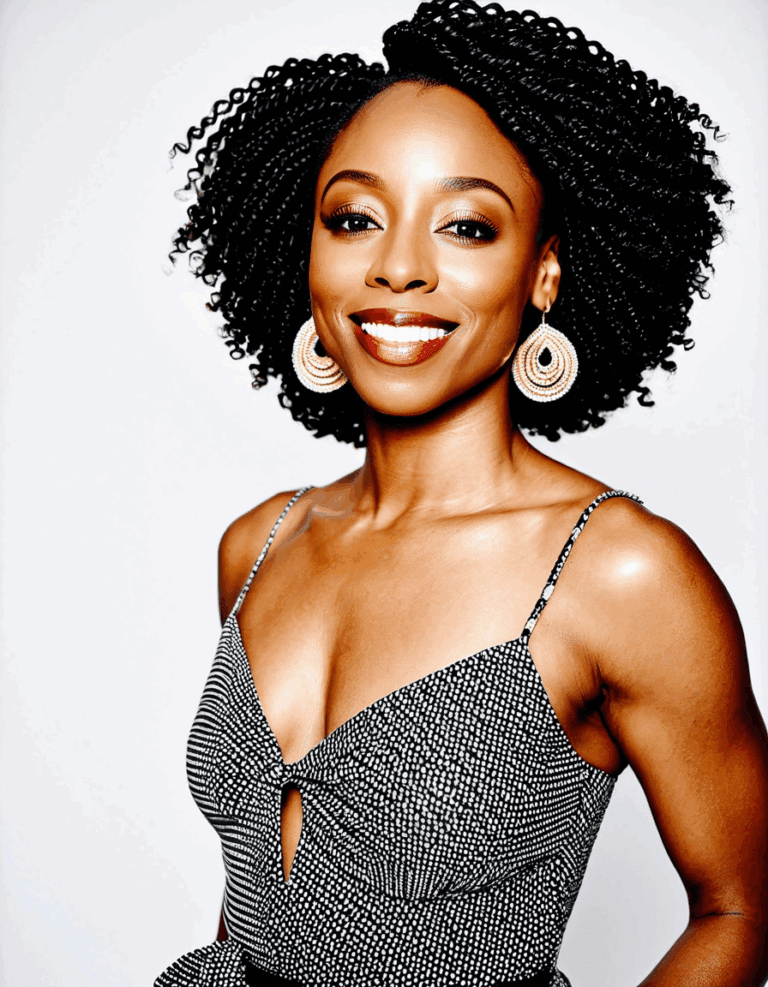Horror cinema has seen its fair share of twists and turns over the years, but few films left a mark like John Carpenter’s 1982 masterpiece, The Thing. Picture it: a desolate Antarctic research station, a chilling atmosphere filled with paranoia and isolation, and body horror that could turn your stomach. It’s a cocktail of horror elements that not only scares but also resonates with viewers in a profound way. Many filmmakers have tried to replicate its magic, but few have truly succeeded. So, what makes The Thing such a classic that its influence continues to shape the genre? Buckle up; we’re about to explore seven game-changing elements that redefined horror cinema forever!
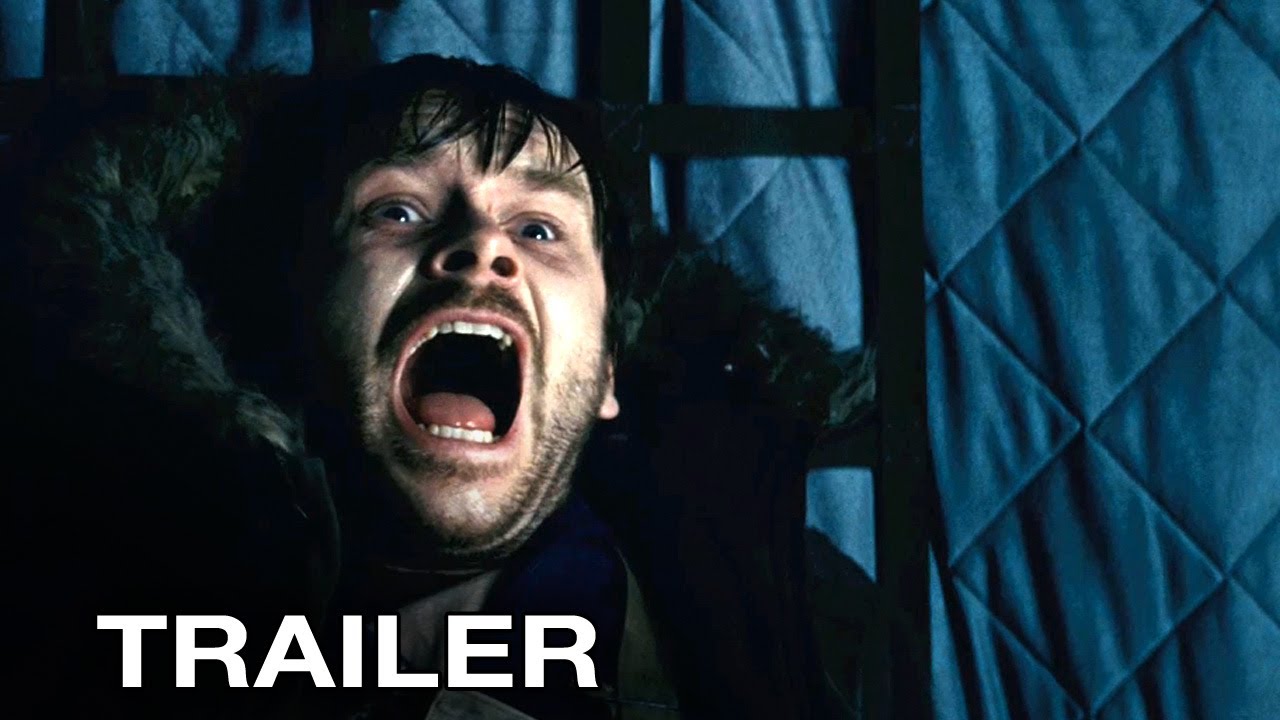
7 Elements of The Thing That Changed the Landscape of Horror
One of the standout features of The Thing is its stunning practical effects, the brainchild of Rob Bottin. Forget CGI; Bottin delivered grotesquely realistic transformations that had audiences gasping in disbelief and horror. These tangible visuals make us feel fear on a visceral level, proving that good ol’ practical effects can outshine any computer-generated image. Nowadays, directors like James Wan in The Conjuring series still honor that tradition, infusing their movies with real, grounded fear that hits home.
If there’s one overarching theme in The Thing, it’s the gnawing feeling of mistrust. Set in a remote research station stranded in Antarctica, the characters descend into paranoia, never knowing who’s human and who’s been transformed into the Thing. This element of psychological horror not only keeps viewers at the edge of their seats but has also inspired films like The Mist and The Infinite. We see it everywhere! It emphasizes how isolation can lead to terrifying conclusions about humanity.
Unlike your typical slasher flick where characters often wear labels like “the jock” or “the final girl,” The Thing delivers a cast of characters bubbling with moral ambiguity. Each person reacts differently under pressure, creating depths and layers that compel viewers to invest in their fates. This approach to character development paved the way for modern horrors like The Cabin in the Woods, elevating narratives and making audiences care about what happens next.
You can’t talk about The Thing without mentioning its haunting score by Ennio Morricone. The ambient sounds weave a sonic tapestry that amplifies the film’s chilling environment. This technique has influenced modern horror films, including Hereditary and A Quiet Place, where sound takes center stage in building suspense, pulling viewers deeper into the chilling horror.
Beyond physical horror, The Thing taps into existential questions that gnaw at all of us. Who are we? What makes us human? These philosophical themes can be found simmering beneath the surface of modern horror films like Get Out and Annihilation, which invite reflection on deep-seated fears and societal issues, ensuring that the narrative reaches far beyond mere shock value.
With its unpredictable plot, The Thing keeps the audience guessing as the identity of the transformations morphs and shifts throughout the film. This subversion of expectations is now a staple in horror storytelling, especially in films like The Witch and Midsommar, where you can never quite predict what’s going to happen next. It gives viewers a much richer experience, making them part of the unfolding mystery.
Carpenter’s insightful use of lighting and framing set a gold standard for visual storytelling in horror. The eerie aesthetic of The Thing has influenced filmmakers like David Robert Mitchell in It Follows and Jennifer Kent in The Babadook. They tap into the visual storytelling methods that entice audiences to feel the fear lurking just outside the frame, reminding us that a good scare doesn’t just come from what we see!
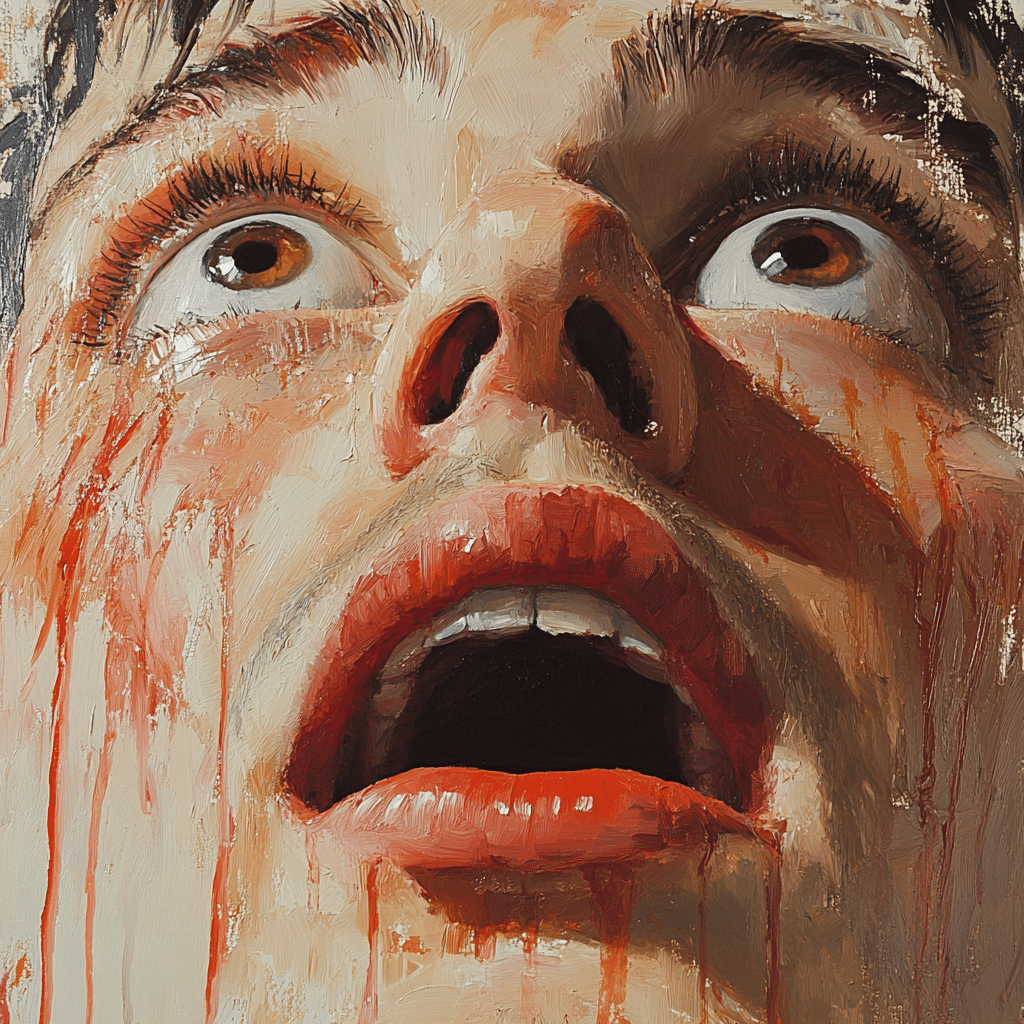
The Rock: The Thing’s Influence on Contemporary Horror
The impact of The Thing isn’t limited to its own release; it has laid a solid foundation for those brave enough to explore psychological and body horror. Its essence even echoes in the The Thing prequel from 2011, which sought to expand upon Carpenter’s vision—though the critics had mixed feelings. We also can’t ignore the ripples it sends through various media, from video games like Dead Space to TV series such as Channel Zero, showcasing that themes of isolation, paranoia, and grotesque body horror still resonate today.
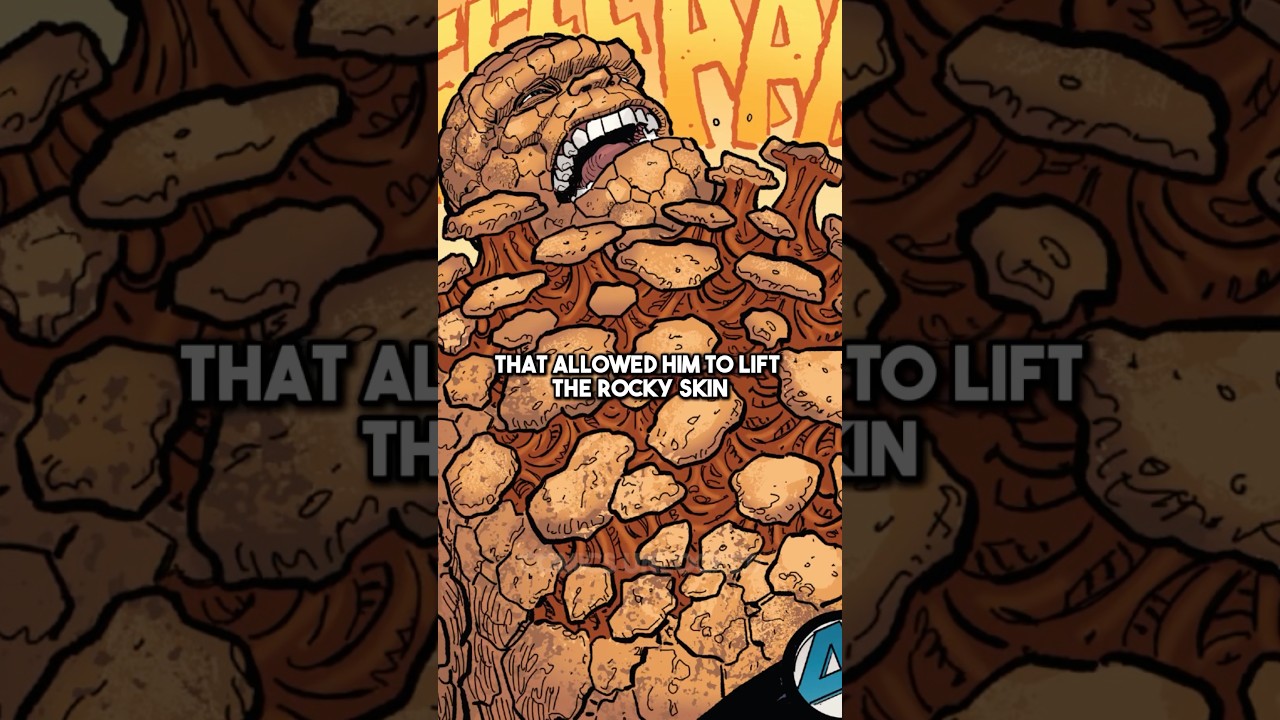
The View: An Evolving Perspective on Horror
Today, our perspective on horror keeps on shifting, much like the plot twists in The Thing. As viewers become more attuned to social anxieties and the complexities of human relationships, the relevance of Carpenter’s masterpiece only grows. Films now often take classic tropes and toss them in a blender, crafting narratives that feel fresh yet nostalgic.
While filmmakers may lean on their shiny new technology and storytelling styles, the compelling essence of The Thing remains alive and well. Its ability to tap into our deepest fears and existential dilemmas makes it a timeless classic still shaping the horror genre. The way we see horror has undoubtedly evolved, but the chilling resonance of The Thing remains as powerful as ever.
As we look ahead to the future of horror cinema, one truth is clear: the impact of The Thing will reverberate for generations to come. John Carpenter’s work has not only influenced countless cinematic endeavors but has also reshaped the very fabric of horror itself. So next time you think of horror, remember: the legacy of The Thing is lurking just in the shadows, ready to inspire yet another wave of filmmakers who strive to evoke fear on the silver screen.
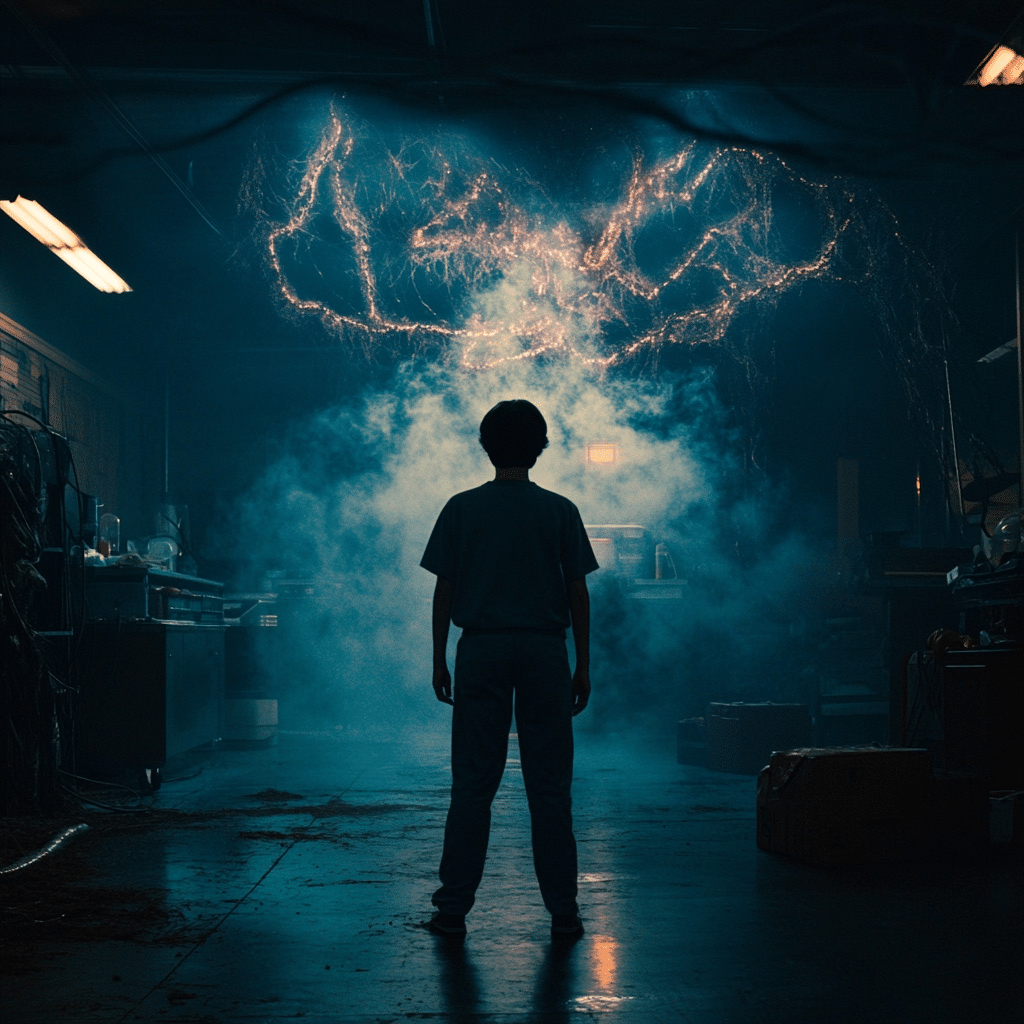
The Thing That Redefined Horror Cinema Forever
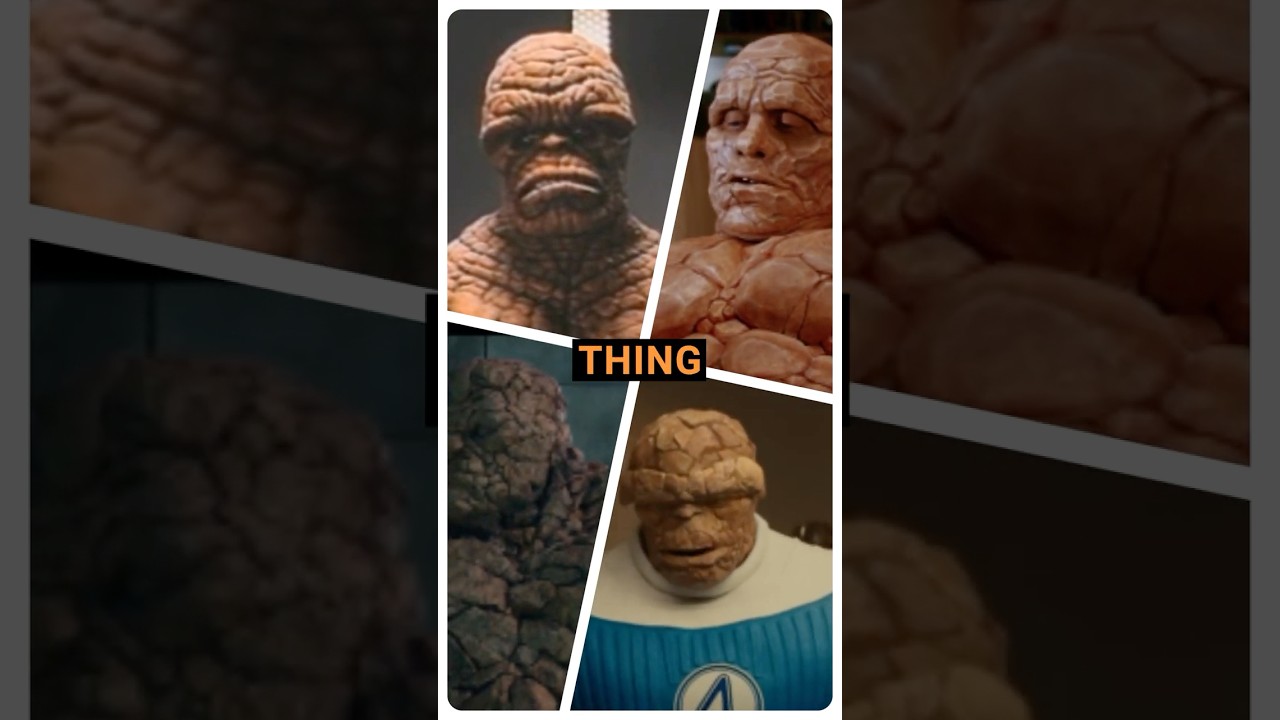
Behind the Scenes of ‘The Thing’
Did you know that The Thing had a notoriously chilly filming environment? For authenticity, the crew filmed in the dead of winter in Alaska, which meant that everyone had to brave the cold. Interestingly, the harsh climate almost became a muscle relaxer Pills scenario for the cast. Tensions were high, and keeping warm was a lot harder than pretending to be terrified. This setting changed the dynamics among the cast, as they bonded through shared discomfort while creating lasting horror cinema.
The Faces of Horror
While many remember Kurt Russell for his rugged portrayal of MacReady, one often overlooked fact is that he wasn’t the first choice. Initially, the studio considered a range of actors, which included the talented Amy Brenneman. Her involvement would have shifted the film’s dynamic dramatically, offering a different energy to this chilling narrative. But, Russell’s ultimate casting was a stroke of genius, setting the tone for what The Thing would become—a masterpiece that lay the groundwork for future horror.
Legacy and Influence
The Thing stands as a pioneering work, influencing countless films in the horror genre, even inspiring contemporary hits like The Ritual. The film’s abilities to invoke paranoia and fear truly echo through the ages, keeping newer audiences on the edge of their seats. Just like a dark moon casts eerie shadows, The Thing sheds light on themes of isolation and mistrust, which remain relevant today. Its impact has shaped not just horror films, but also television narratives, as seen in shows like The Stranger, which draws on similar themes of fear and identity.
In sharing this film’s legacy, one might also explore the collaborations that shaped it, just as the famed architect Frank Lloyd Wright created the iconic Taliesin West, reflecting the artistry behind its creation. Every piece of The Thing adds layers to its narrative tapestry that resonate with audiences, proving that this horror classic continues to inspire and chill viewers around the globe.
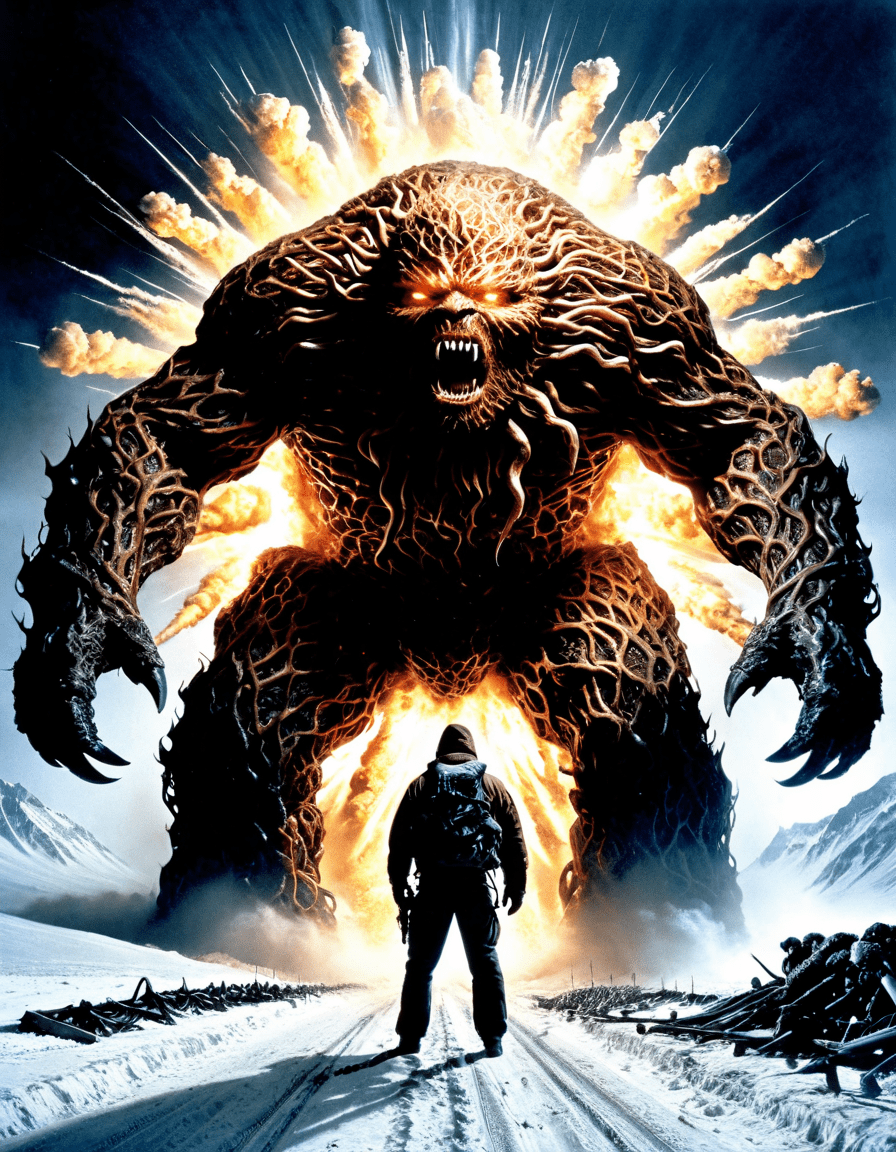

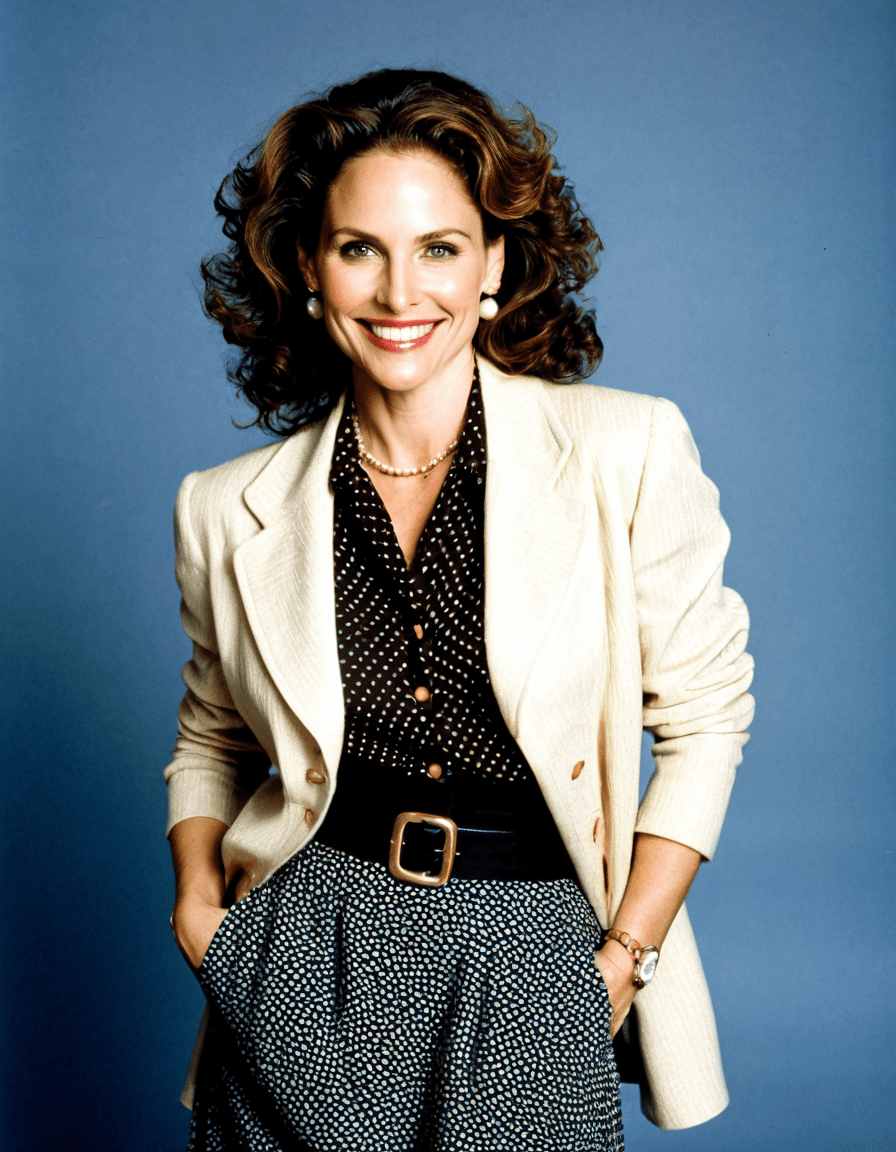
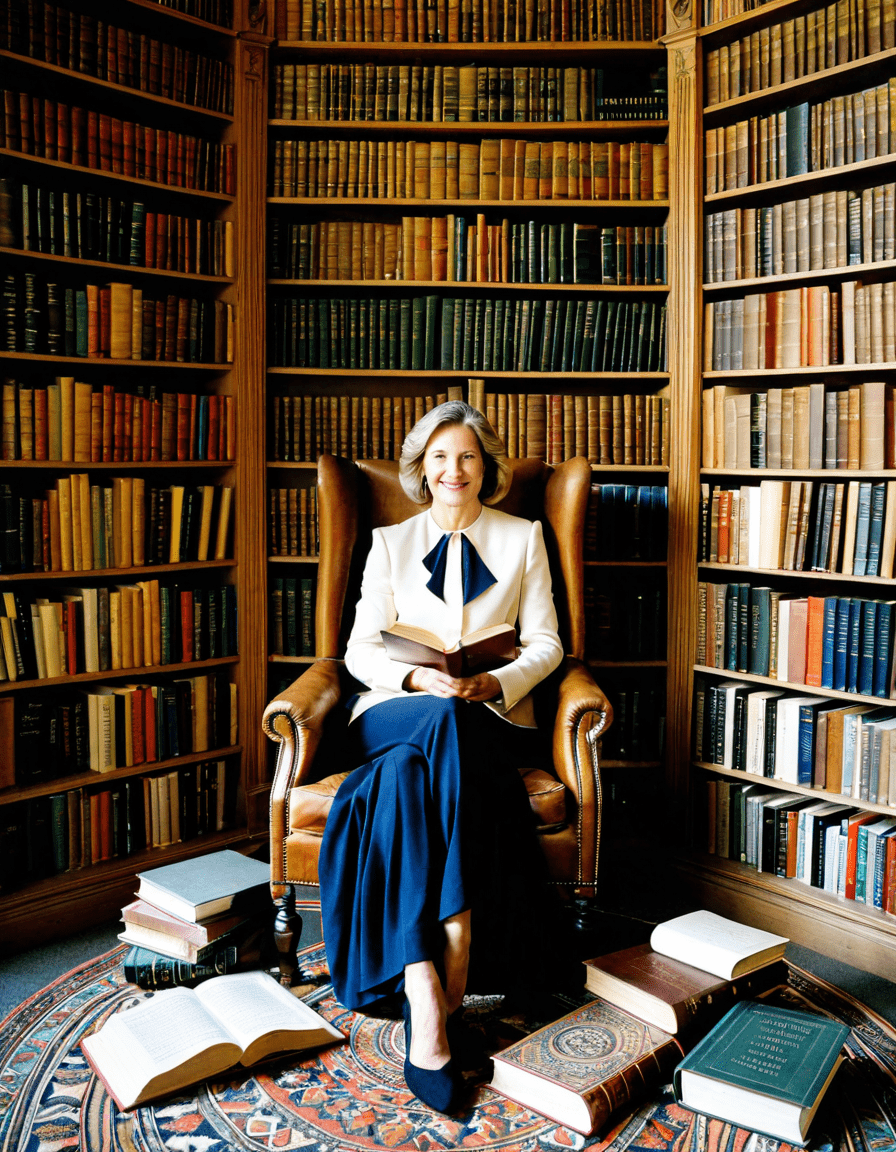
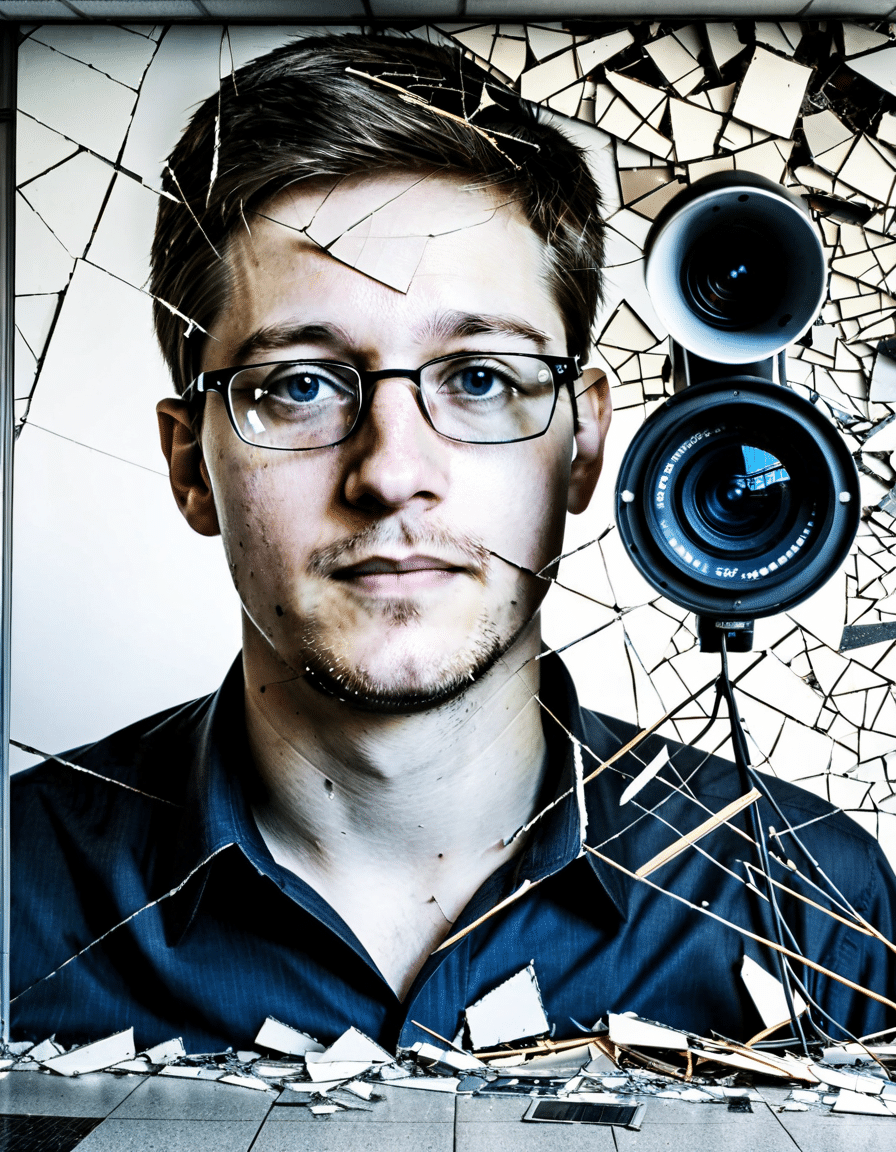
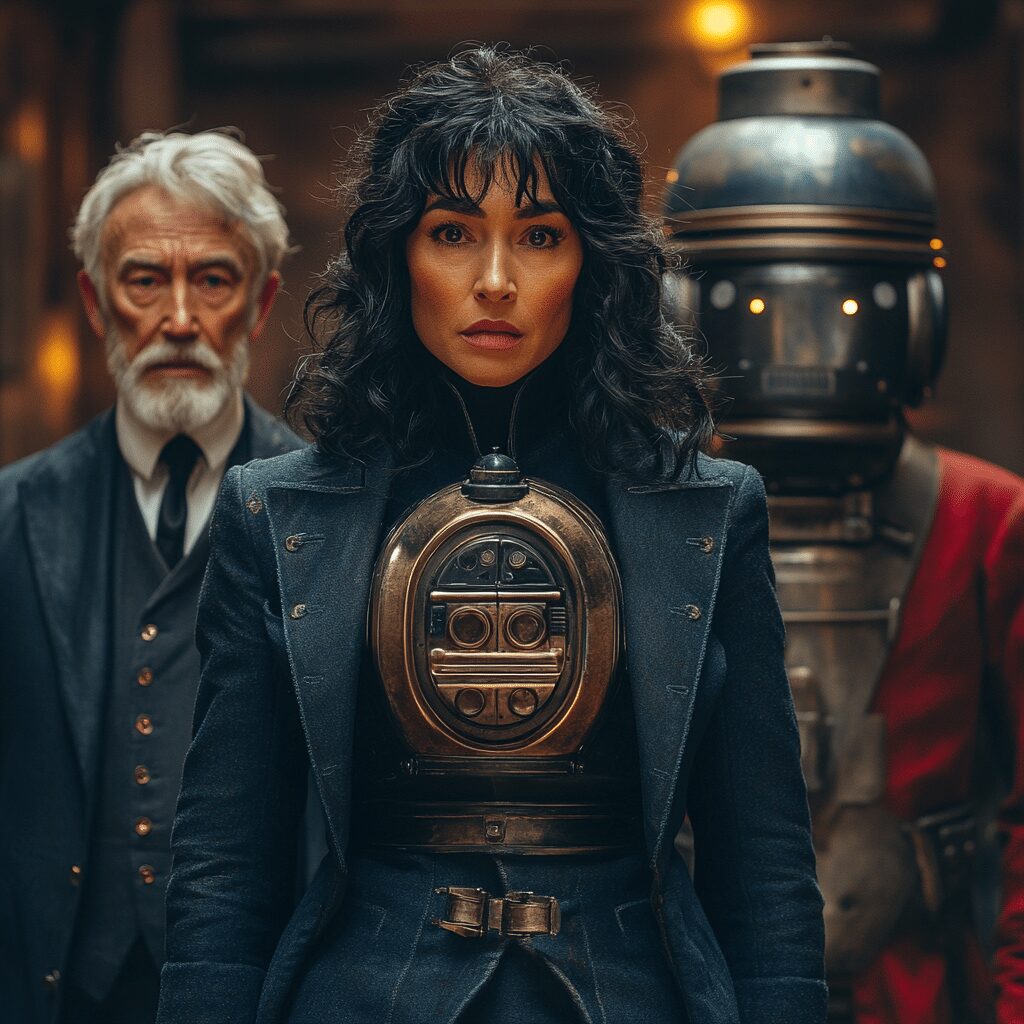
![Parallel Lines[LP]](https://www.loadeddicefilms.com/wp-content/uploads/2025/03/Parallel-LinesLP.jpg)

